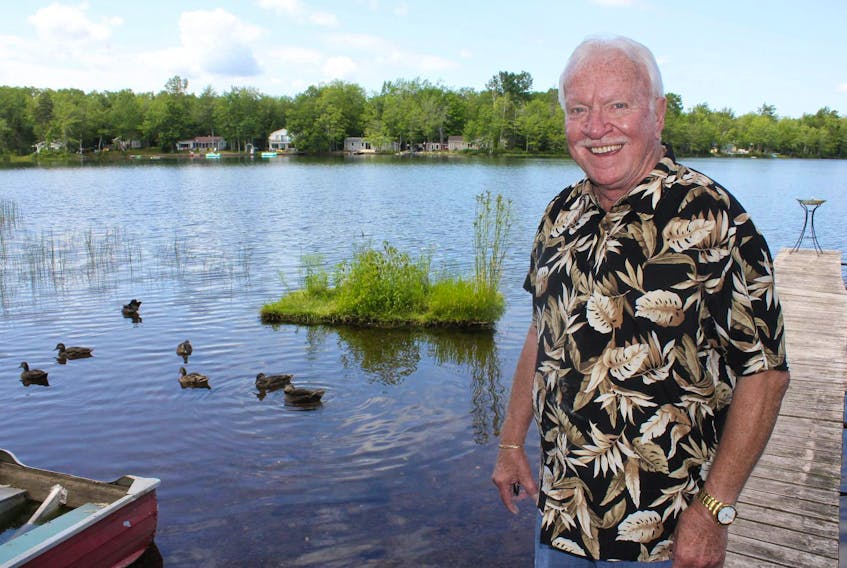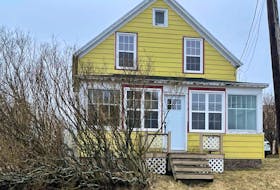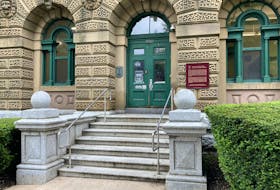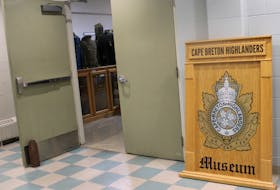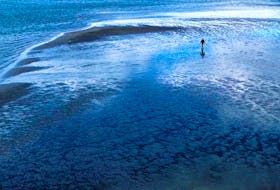Jim Frost has spent the past 40 summers enjoying his lakeside property in Kings County, along with the ducks, loons and other parts of nature that go with cottage life.
But after several years of seeing loon nests disturbed and eggs taken by eagles and raccoons, he decided to try to help the birds that epitomize lake country.
For the past 20 years he has put a raft in the water off the shore from his Sunken Lake property for ducks to build their nests.
Built from pallets with an added carpet base, the raft has attracted four families of ducks each year that nest on the four corners.
This year, with the plight of the loons on his mind, Frost decided to try to make the platform compatible for loons. He placed dirt on the carpet and planted grass, and wove a straw nest on the platform.
“I looked at what the loon nests looked like and learned how to make a nest with straw.”
The day he put the raft in the water, he went into town to buy some wildflower seeds to add to the raft.
“When I came back, they had already moved in,” Frost said.
“They must have liked it because they jumped right on, and there was a lot of hanky-panky going on for a short time, about a week,” he said. “It was just unbelievable, it was very noisy. I knew something was going on, and then two eggs appeared.”
After four weeks the eggs hatched, and the birds have since left the nest for life on the water.
“They still come by at about 8:30 a.m. in the morning, like a parade,” Frost said.
“It’s really fun to see,” he said. “The ducks like people, while loons don’t, and it’s located near my wharf, so they really had to make some sacrifices to raise their babies in a location that they don’t want. But they probably figure the eggs are a lot safer than they would be on the shore.”
He said he has seen a bald eagle take an egg from nests before this year, and there are more around now.
“The loons add a lot to the lake, day and night, so I thought I might give them a boost, and it turned out good,” he said.
Over-development of shore land and lead poisoning from lost fishing lures have contributed to the challenges faced by loons everywhere, he said, and the resurgence of the bald eagle population has been an added pressure.
“I just invested in one of these noise blasters, so I’m going to look after the babies as long as I can,” he said.
His wife and a neighbour were blowing whistles and making noise one day when an eagle was harassing the loons, he said, and one day he had to create a commotion when a eagle looked to be headed for the nest before the eggs hatched.
“The eagle came down, and the loon doesn’t like people,” he said. “I had a rake, and I was waving it and the loon got off the nest and got behind me and she was all for me.”

